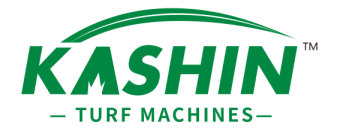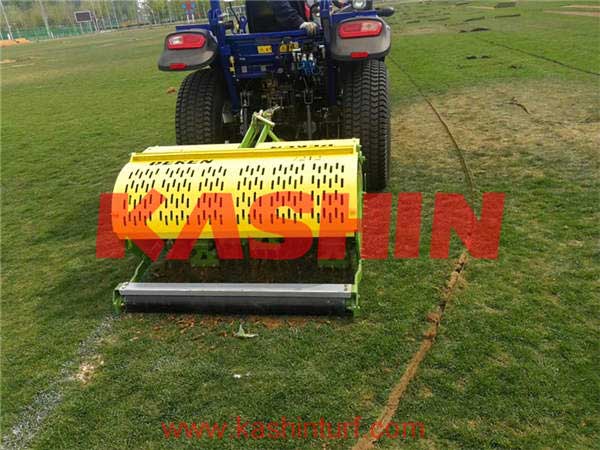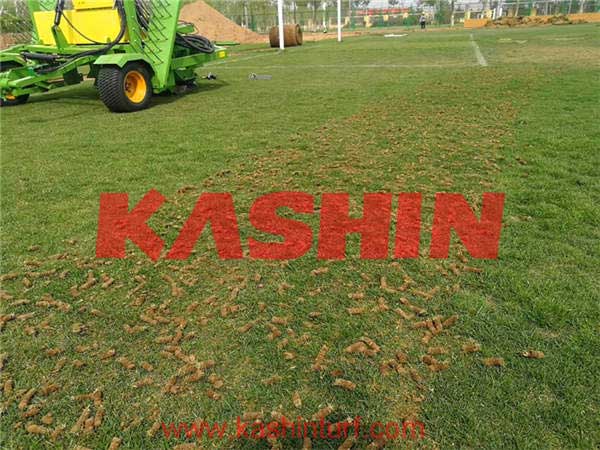How to Aerate the Lawn
Author:Ricdro
For lawn aeration using a hand held hollow tine aerator the more holes the merrier so keep it dense with spacing every couple of inches.
If you’re spiking using a petrol lawn aerator with solid tines, rolling lawn aerator or aerator sandals just keep going up and down until you’ve had enough. You really can’t overdo it!
For slitting, chisel tining or hollow tine aeration with a machine, one run in one direction is sufficient. Anymore and you may cause some surface disruption. When using a powered lawn aerator to remove cores you may want to avoid running over the cores with the wheels as they will be a swine to remove later on. Which brings me to the next point;
Lawn maintenance hinges on a few basic tasks: mowing, feeding, weeding and aerating. Tackle these four tasks faithfully, and your turf will be on a fast track to picture-perfect good looks.
Soil that’s compacted on a regular basis needs aeration on a regular basis. Compacted soil puts the squeeze on grass roots, inhibiting their ability to function. If your lawn is frequently driven on, grass probably already looks thin and less than ideal. The weight of a vehicle, even a lawnmower, compacts soil, so it’s important to vary mowing patterns to slow soil compaction.
Signs You Need To Aerate
- Water puddling on lawn after rain
- Vehicles driving or parking on lawn
- Thatch layer thicker than one-half inch
- Difficulty sticking a screwdriver or a pencil into soil
- Heavy clay soil
- Thin, patchy or bare grass
- Thick stands of Clover in lawn
- If your lawn never has been before




